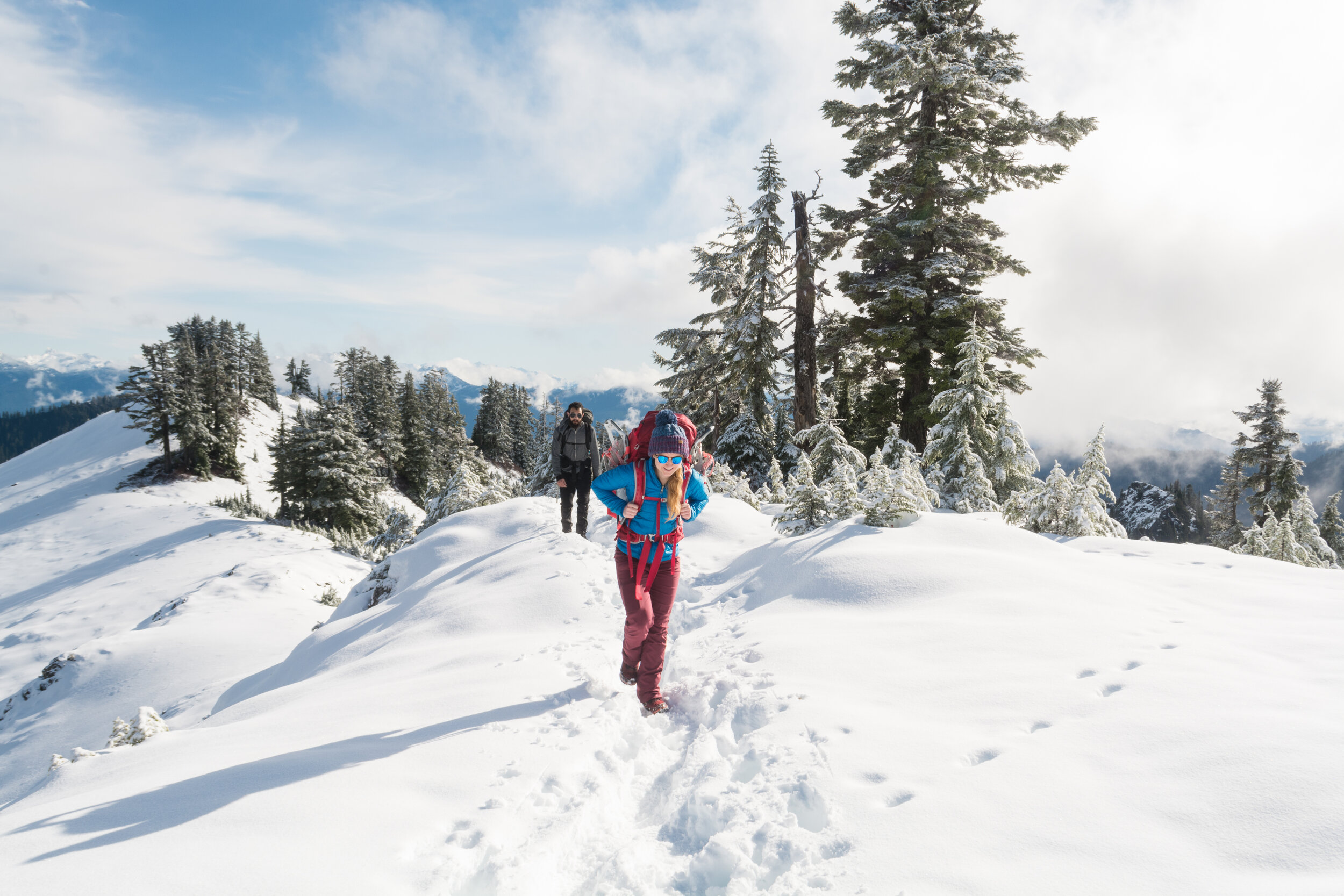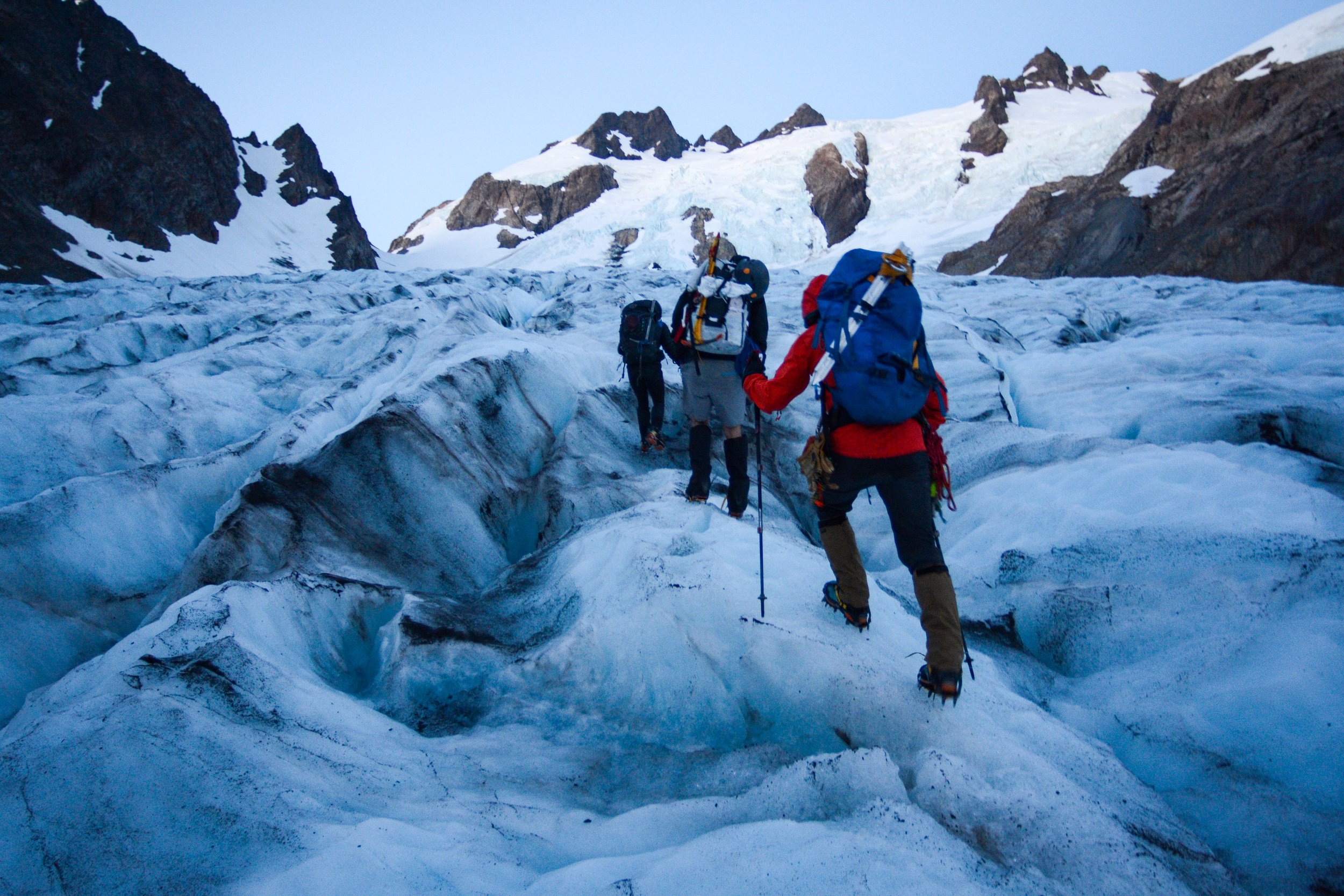Times are tough right now as COVID-19 wreaks havoc on communities across the globe. If you’re feeling anxious, nervous, angry or scared that’s normal—give yourself some space and grace to process what you’re feeling. Here are some tips + tricks I’ve been using to keep my mental and physical well-being in check in the midst of it all. I hope it’s helpful to you.
Read a book! You can check out many a free book from the public library system using your Kindle device or the free Kindle app if you don’t have a device. Let yourself get lost for a while in another story—it can be a balm for the soul .
Spend some time in the kitchen, trying new or favorite recipes that nourish your body and mind. If you’re looking for inspiration, there are many free recipes on websites like Allrecipes or Food Network. If you’re running low on supplies, check out Supercook where you can receive recipe suggestions based on items you already have in your pantry!
Move your body! There are numerous online resources for free, online workouts that you can stream from the comfort of your home. Don’t hesitate to modify the activities as needed for your body and space and remember you can get creative with things in your home if you need weights (bottle full of water? backpack full of water?) or other equipment.
Clear your mind. There’s a lot going on and a lot to take in. When the noise in your head gets to be too much, consider a guided self meditation. The fine folks over at Headspace have made a bunch of meditations available for free. A personal favorite of mine is called Healing Street from the New Paradigms podcast and at 17 minutes long, it’s easy to sneak into every day as needed.
Phone a friend. Sound social distancing techniques may caution against seeing the people you love outside of your home, but you can always hop on the phone or set up a video chat. There are a number of free phone and video chat services available, though some do limit the number of people who can join at one time. Check out Google Hangouts, Whatsapp, Facebook Messenger, and even Instagram Chat so you can see the people you love in real time.
Consider adding a fur friend to your family! Although many shelters and rescues are closed to the public, they are still accepting applications for adopting and/or fostering animals in their care. If you’re able, now is a great time to add a fur friend to your life. They bring so much joy and comfort and there are so many of them just waiting to find their forever home.
Sign up for a CSA (community supported agriculture) box from a local farm. You can have fresh produce delivered to your home, cutting down on the need to visit grocery stores while also supporting a local business. This means you’ll also be leaving resources untouched for folks who aren’t able to access this service and it’s an all around win. Click HERE to find a CSA service in your area.
Support local businesses if you have the expendable income to do so. Local wineries, breweries, and other restaurants are offering pick-up and delivery services. Other professionals have switched to online forums to share their services and wares. You can hire someone, purchase a gift card or certificate for future use, and make an impact.
Get offline. There’s a fine line between staying informed about the latest updates and consuming so much information that it begins to impact us negatively. If you start sliding into the latter, take a break. Take a walk. Drink some tea. Do a little virtual yoga. Whatever feels healing and good to you.
Do you have other tips and tricks to offer? I would love to hear them!















